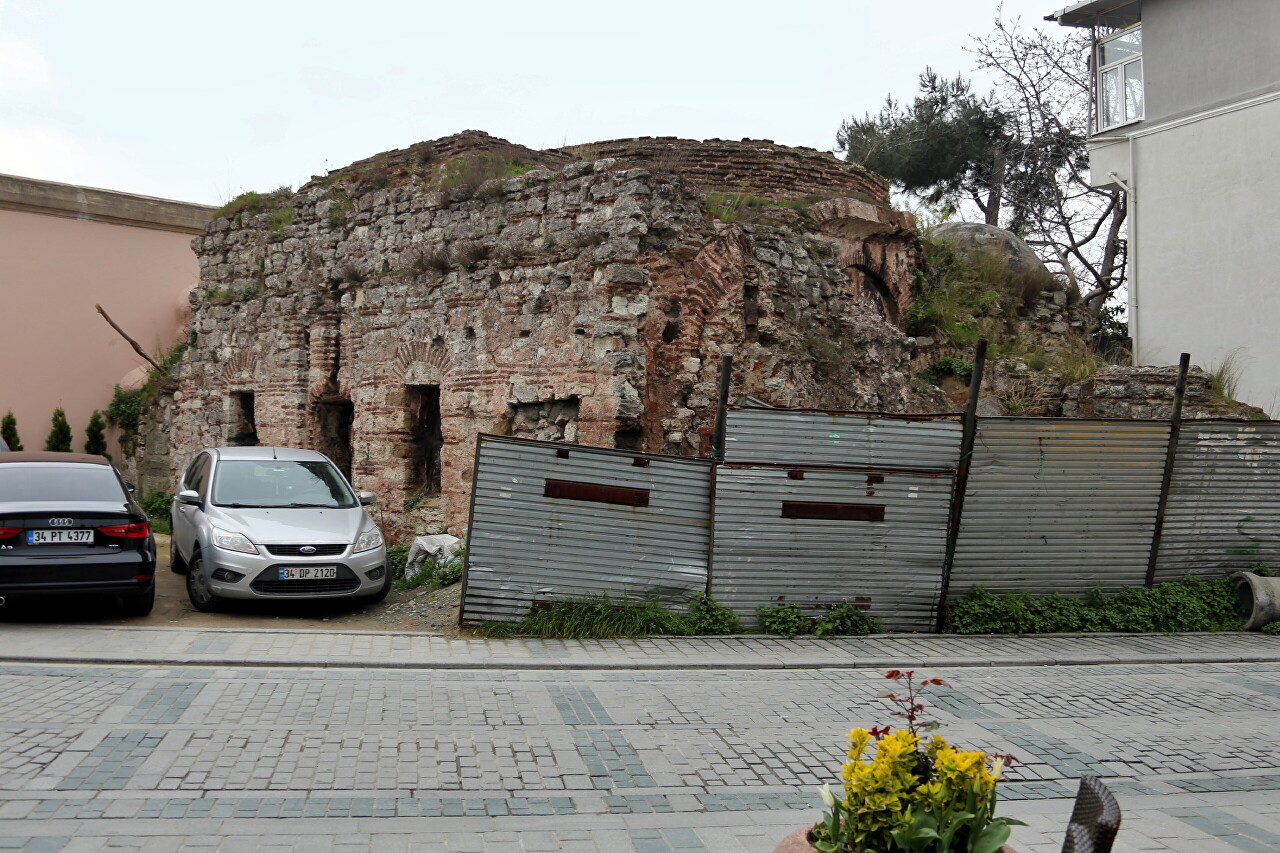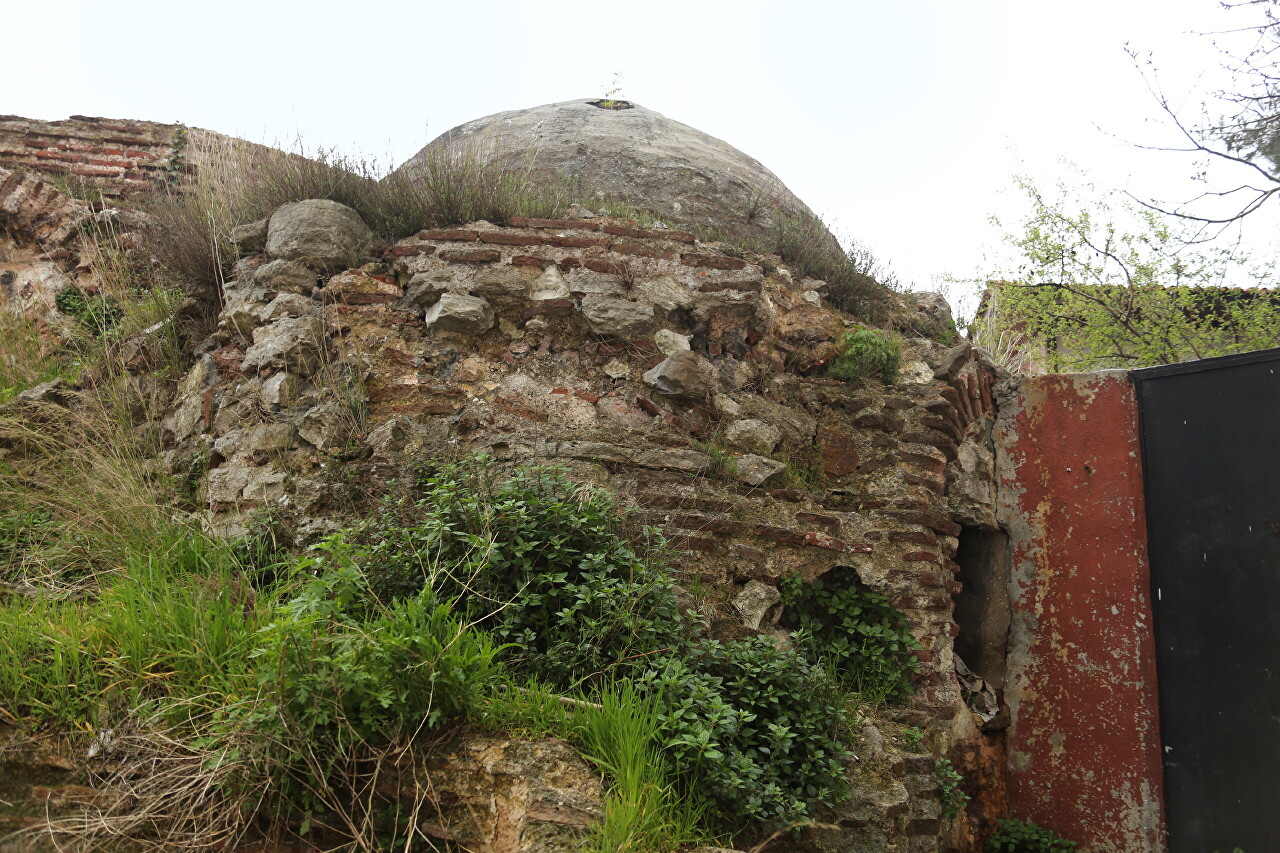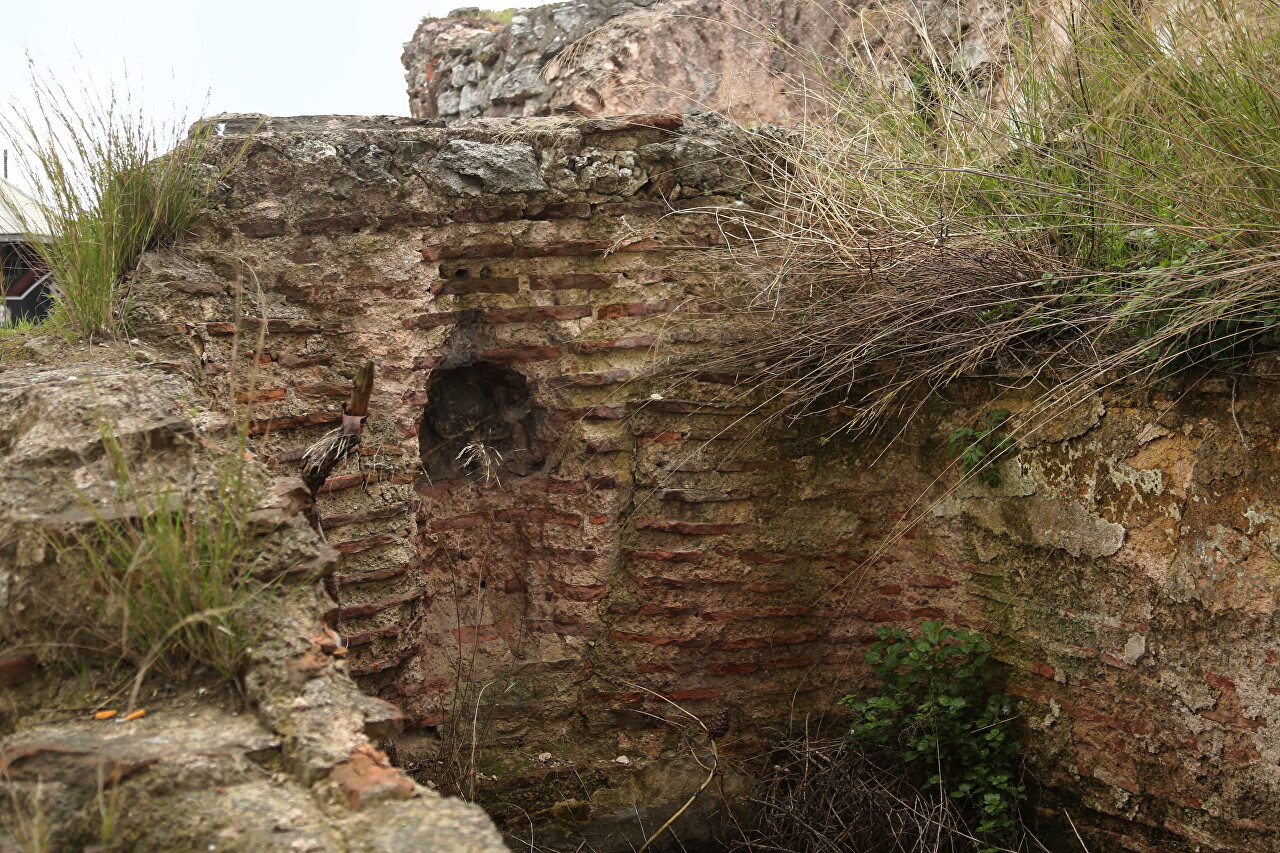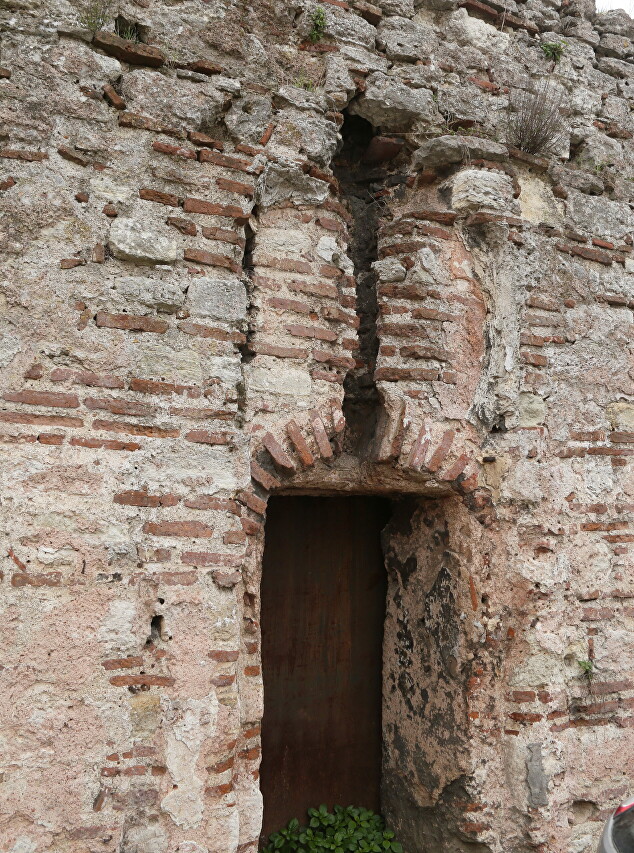Arasta Bath (Arasta Hamamı)
To the south of the Blue Mosque, at the turn of Torun Sokak Street, there are ruins of the era of Sultan Ahmet I, who ruled the Ottoman Empire from 1603 to 1617. It is to him that we owe the appearance of the world's largest famous mosque, the complex of which included many different residential and public buildings. Islam requires keeping the body clean, so baths have always been the most important infrastructure facilities and were built first.

It is assumed that the baths at the gates of Arast were built at the beginning of the second decade of the 17th century. The barracks of the Sultan's cavalry, called Sipahi (warrior in Persian), were located nearby and the baths were used to wash the soldiers, so they are mentioned in the chronicles as Sipahiler Hamamı.

In 1912, a large fire occurred in the Ishak Pasha quarter, as a result of which the baths received significant damage: the locker room and the so-called cool room were damaged. They did not restore the baths, the surviving utensils were sold off and since then the building has been abandoned.

In 1937, archaeological excavations were carried out on the territory of the baths in search of a Large Byzantine Palace, for this purpose the room where the furnace was located was dismantled. This weakened the structure and soon the dome collapsed, which accelerated the destruction of the entire building. For security reasons, the entrances were walled up, and now the ruins are surrounded by a fence.

The facility is recognized as a historical monument and the plans of the city administration provide for its restoration, with further use as a restaurant. The room should have a glass floor, under which you can see the channels of the heating system. However, these plans have been in place for many years and it is unknown when they will be implemented.
